Position: Full sun to light shade
Flowering period: Early spring
Soil: Moist, well drained
Eventual Height: 30m
Eventual Spread: 25m
Hardiness: 3a, 3b, 4a, 4b, 5a, 5b, 6a, 6b, 7a, 7b, 8a, 8b, 9a
Family: Sapindaceae
Acer platanoides is a vigorous, large, deciduous tree with a spreading habit and a broad rounded crown. Its dark green leaves are opposite, palmate with 5 lobes, up to 14cm long and 20cm broad. Its leaves turn yellow/ orange in autumn before its leaves fall. Its shoots are initially green, maturing into pale brown branches. Its trunk may achieve a diameter of up to 1.5m. Its bark is grey/ brown with vertical shallow groves. Its yellow/ green monoecious flowers are small and appear in upright corymbs before the leaves appear on the tree. Its green fruit is a double sumara and up to 15cm across.
Acer platanoides, commonly known as Norway Maple, is native to eastern and southern Europe and western Asia. This tree is considered to be an invasive species in a number of USA states.
The etymological root of the binomial name Acer is derived from the Latin meaning ‘sharp’ in reference to the classical roman use of the genus to make spears. Platanoides is in reference to its resemblance to the Platanus genus.
The landscape architect may find Acer platanoides useful for urban planting, including street tree, due to its tolerance of compacted soils and its clear stemmed habit. Once established this tree is drought tolerant. This tree is tolerant of urban pollution. The variety Acer platanoides ‘Olmsted’ is a columnar variety of this tree which may achieve a height of up to 20m and looks good when planted in lines or avenues.
Ecologically, Acer platanoides is attractive to pollinating insects. Its leaves also provide a source of food for butterfly and moth larvae.
The Royal Horticultural Society has given Acer platanoides their prestigious Award of Garden Merit in 1993.
Acer platanoides prefers moist, well-drained soils. It tolerates most pH of soil. It is tolerant of compacted soil conditions.
Acer platanoides requires little maintenance. The removal of dead and dying material should be removed during the dormant winter period.
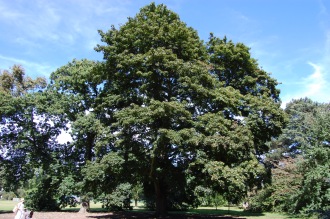
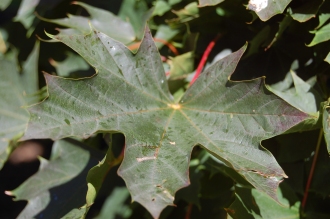
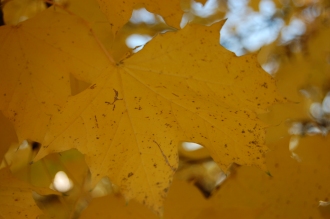

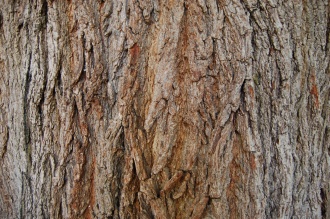
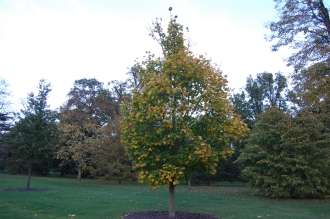





Leave a comment